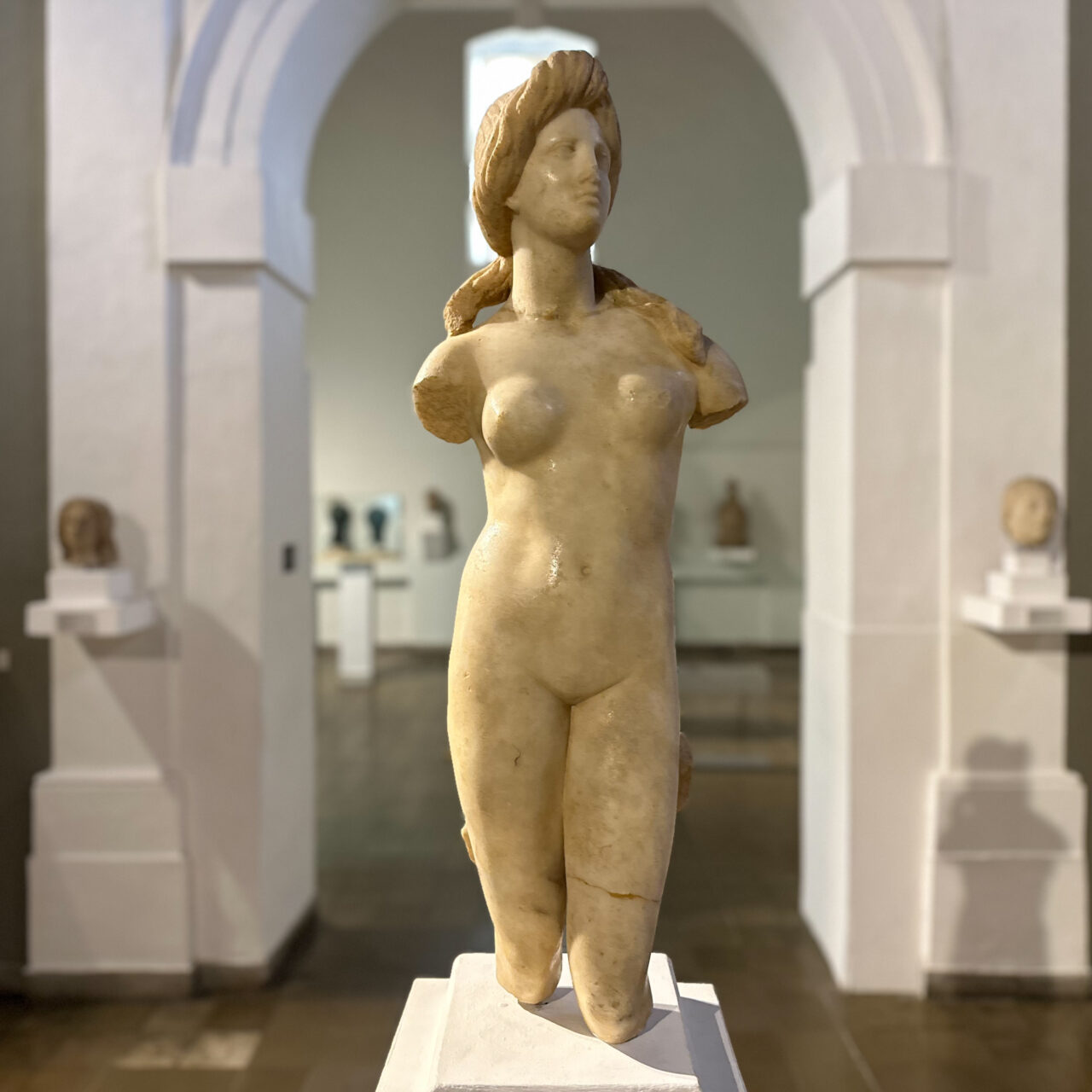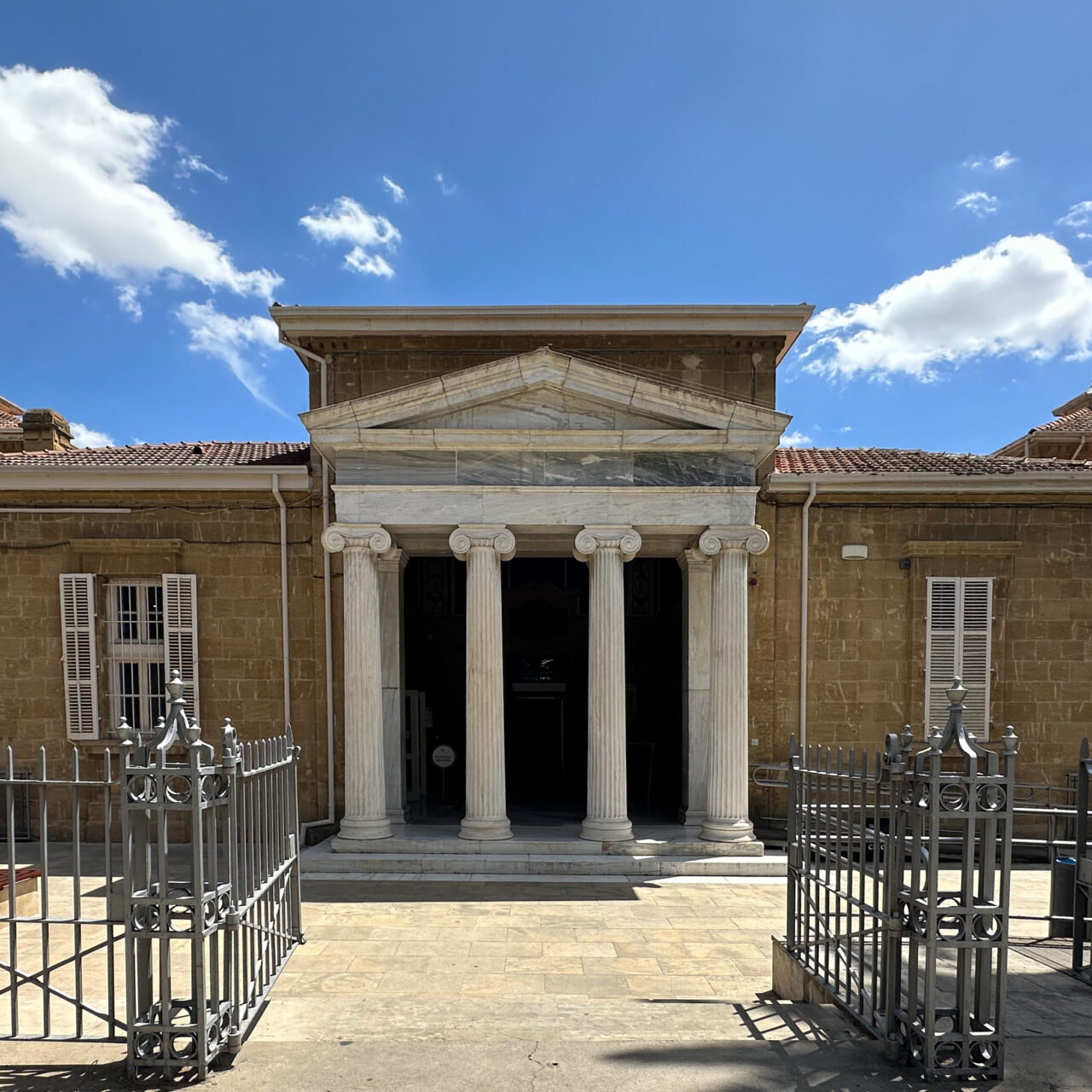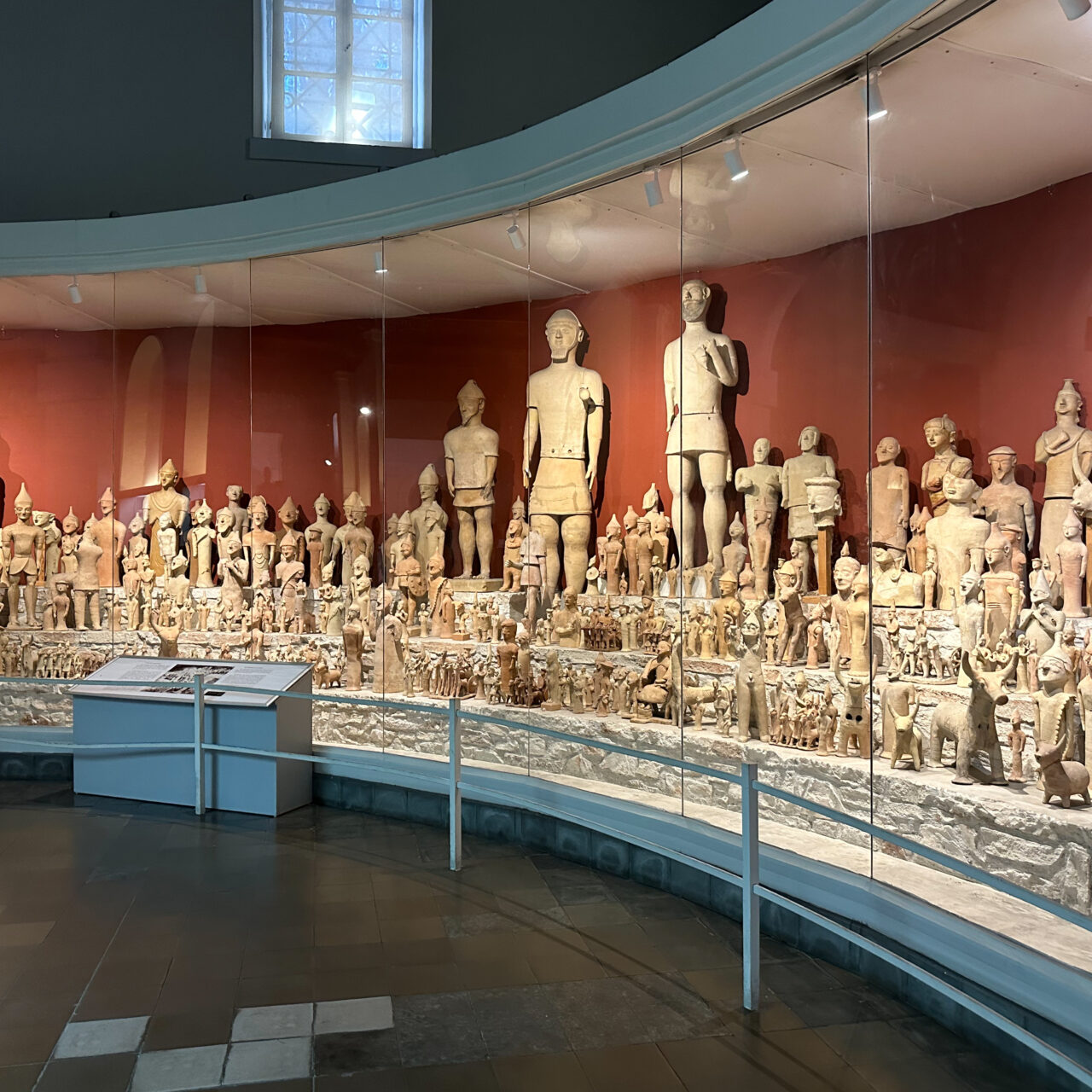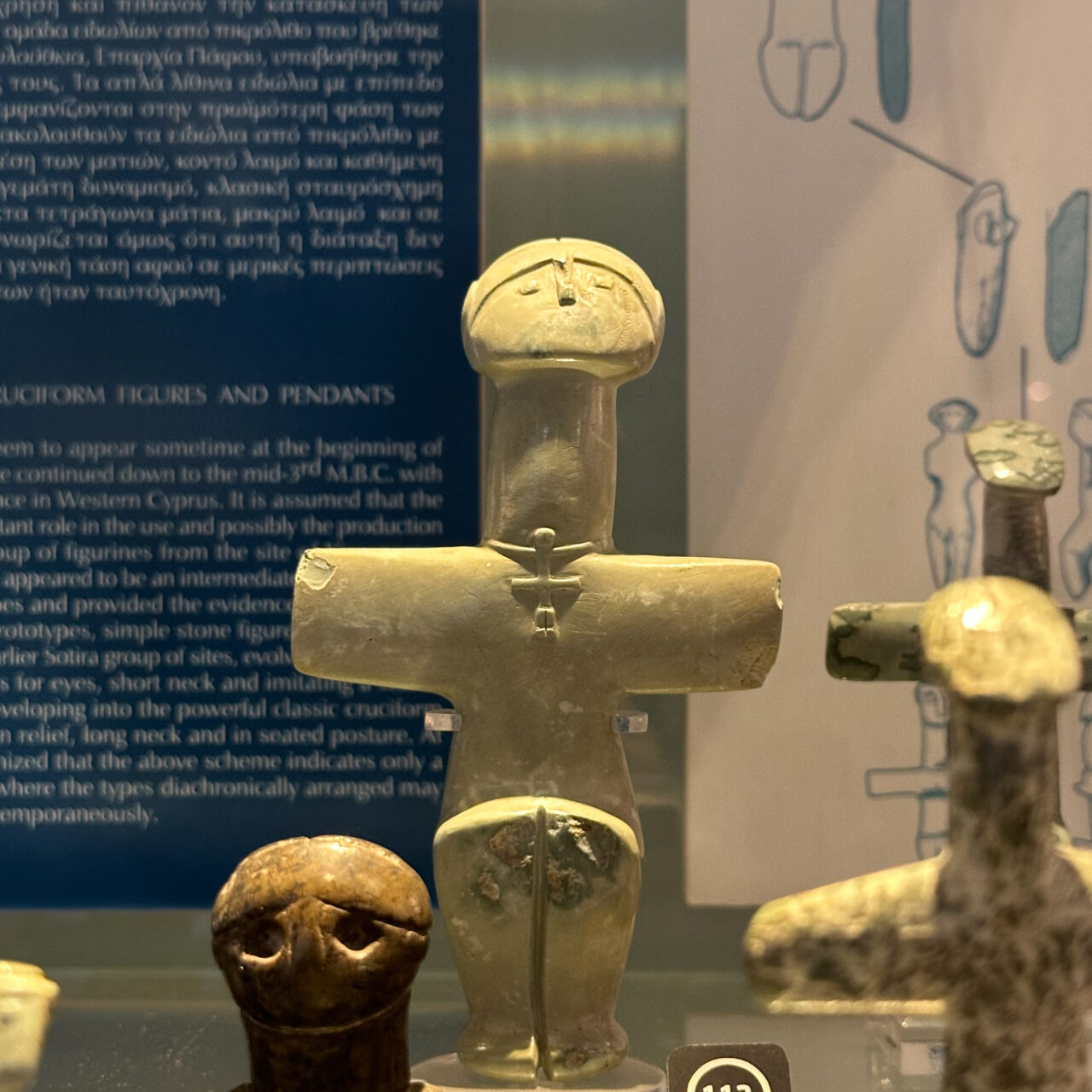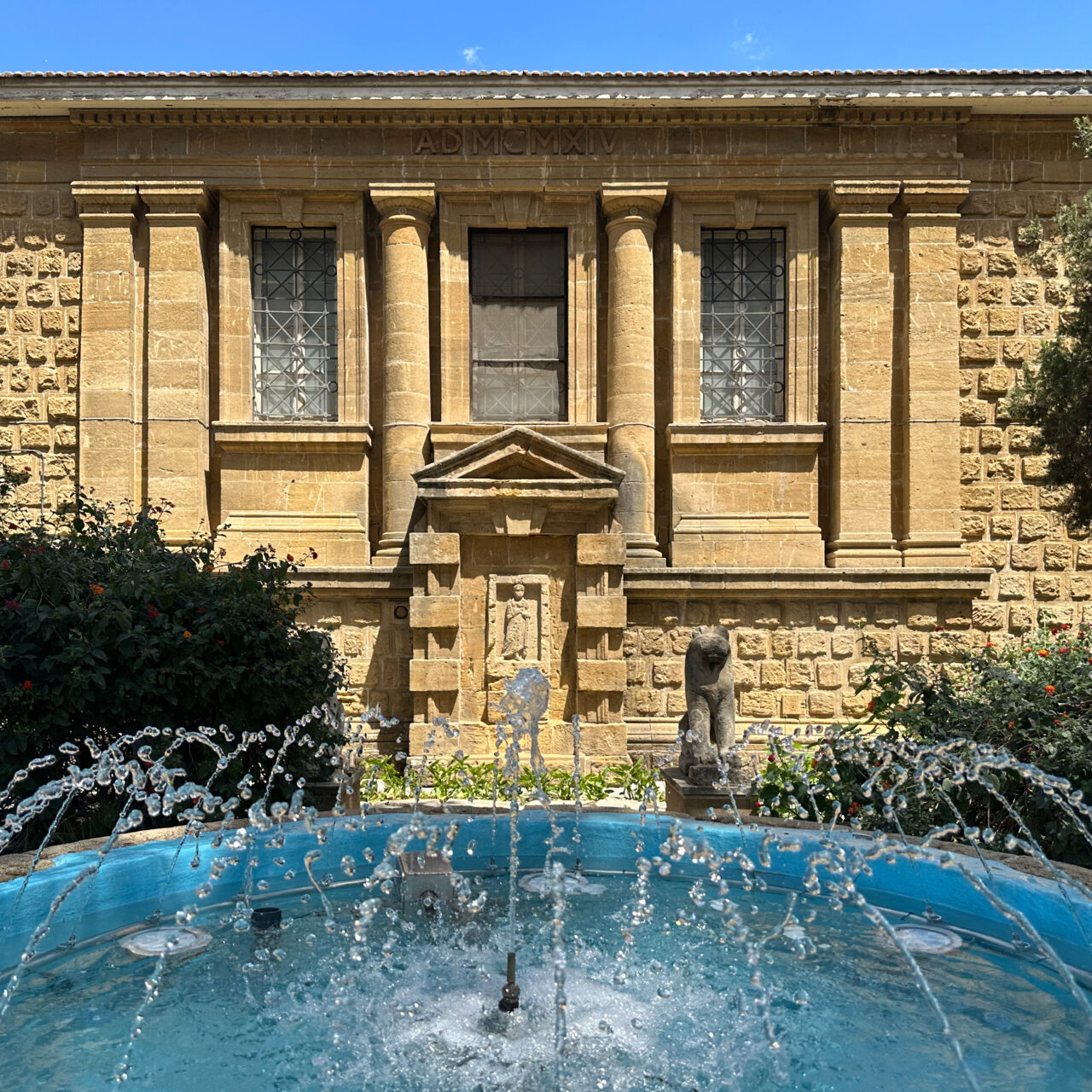A Visitor's Guide to AttractionsNicosia
Plan your visit
Beat the Heat
Stay Hydrated
EasyConferences
The Cyprus Museum
The Cyprus Museum
Highlights include intricately crafted pottery, exquisite jewelry, and meticulously carved sculptures from the Neolithic period to the Byzantine era.
Noteworthy pieces such as the Bronze Age terracotta figurines and the intricate Mycenaean jewelry offer glimpses into the island’s ancient craftsmanship and artistic prowess.
Cultural AttractionsNicosia


Historical MomentsThe last divided capital
The roots of the Turkish occupation trace back to 1974 when Turkey, citing concerns for the Turkish Cypriot population, intervened militarily in response to a coup aimed at unification with Greece. The invasion resulted in the division of Cyprus, with Turkish forces occupying the northern part of the island. Nicosia, the capital city, found itself bisected by a “Green Line” separating the Turkish-controlled north from the Greek Cypriot south, a division that persists to this day.
In Nicosia, the impact of the occupation is palpable. The historic city center, once a bustling hub of culture and commerce, now bears the scars of conflict, with abandoned buildings and bullet-riddled facades serving as reminders of the city’s turbulent past. The famous Ledra Street, once a bustling thoroughfare, was severed by the Green Line, becoming a poignant symbol of division.


